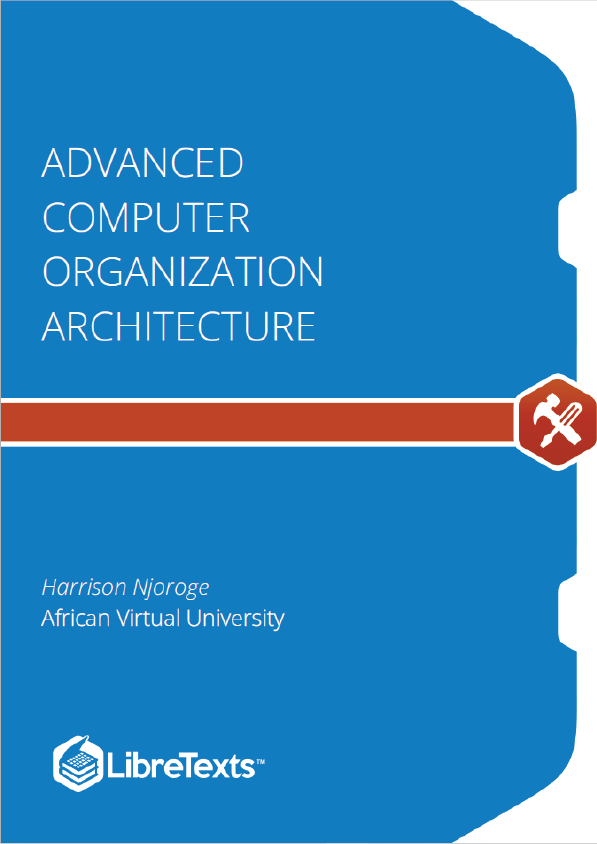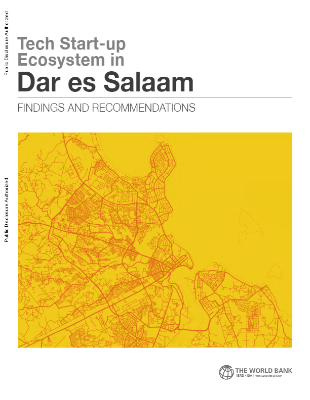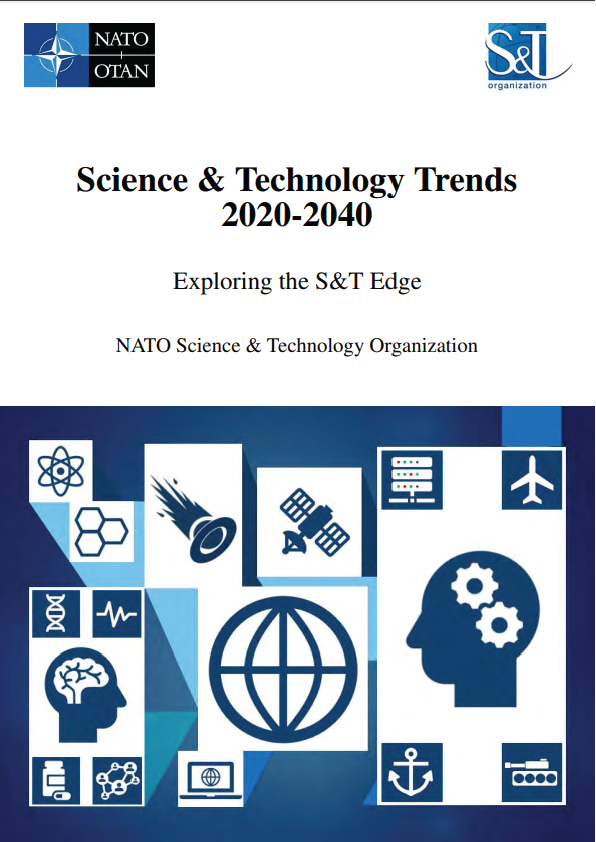This text introduces students to Advanced Computer Organization and Architecture. Where architecture is a term used to describe the attributes of a system as seen by the programmer. Its concerned with designs and operations of a computer. Computer organization is the way the system is structured so that all those cataloged tools can be used, and that in an efficient fashion. This text has its emphasis on system design and performance.
Unit Introduction
The purpose of this unit is to determine your grasp of prior knowledge related to this course. The units’ expectations are that the students have prior knowledge on basic architecture and organization of computers. A recap of this course/s will prepare and enable the students have a grasp of computer architecture and organization.
Unit Objectives
Upon completion of this unit you should be able to:
- Explain how computer systems work & computer systems basic principles
- Analyze computer system performance.
- Describe concepts behind advanced pipelining techniques.
- Survey the current state of art in memory system design
- Describe how I/O devices are accessed and principles applied
Computer system: A term that describes the computer along with any software and peripheral devices that are necessary to make the computer function.
Computer Architecture: is the attribute which can be recognized by a programmer and which has a direct effect to program execution. Describes the capabilities and programming model of a computer but not a particular implementation
Computer organization: Term used to describe the way the hardware components operate and the way they are connected together to form the computer system. The various components are assumed to be in place and the task is to investigate the organizational structure to verify that the computer parts operate.
Computer performance: is characterized by the amount of useful work accomplished by a computer system or computer network compared to the time and resources used I/O: Accessories that allow computer to perform specific tasks; Receive information for processing, Return the results of processing, Store information
Memory: is a collection of cells, each with a unique physical address.
Introduction
In this learning activity section, the learner will be able to learn languages that are used to describe the transfer of registration of internal operations in the computer.
Activity Details Register Transfer language A register transfer language is a notation used to describe the micro-operation transfers between registers. It is a system for expressing in symbolic form the micro-operation sequences among register that are used to implement machine-language instructions.
For any function of the computer, the register transfer language can be used to describe the (sequence of) microoperations
- Register transfer language
- A symbolic language
- A convenient tool for describing the internal organization of digital computers
- Can also be used to facilitate the design process of digital systems.
Micro-architecture is the term used to describe the resources and methods used to achieve architecture specification. The term typically includes the way in which these resources are organized as well as the design techniques used in the processor to reach the target cost and performance goals. The micro-architecture essentially forms a specification for the logical implementation.
Also called computer organization and sometimes abbreviated as μarch or uarch, is the way a given instruction set architecture (ISA) is implemented in a particular processor. A given ISA may be implemented with different micro-architectures; implementations may vary due to different goals of a given design or due to shifts in technology.
The micro-architecture is related to, but not the same as, the instruction set architecture. Micro- architectural elements may be everything from single logic gates, to registers, lookup tables, multiplexers, counters, etc., to complete ALUs, floating point units (FPU) and even larger elements.











